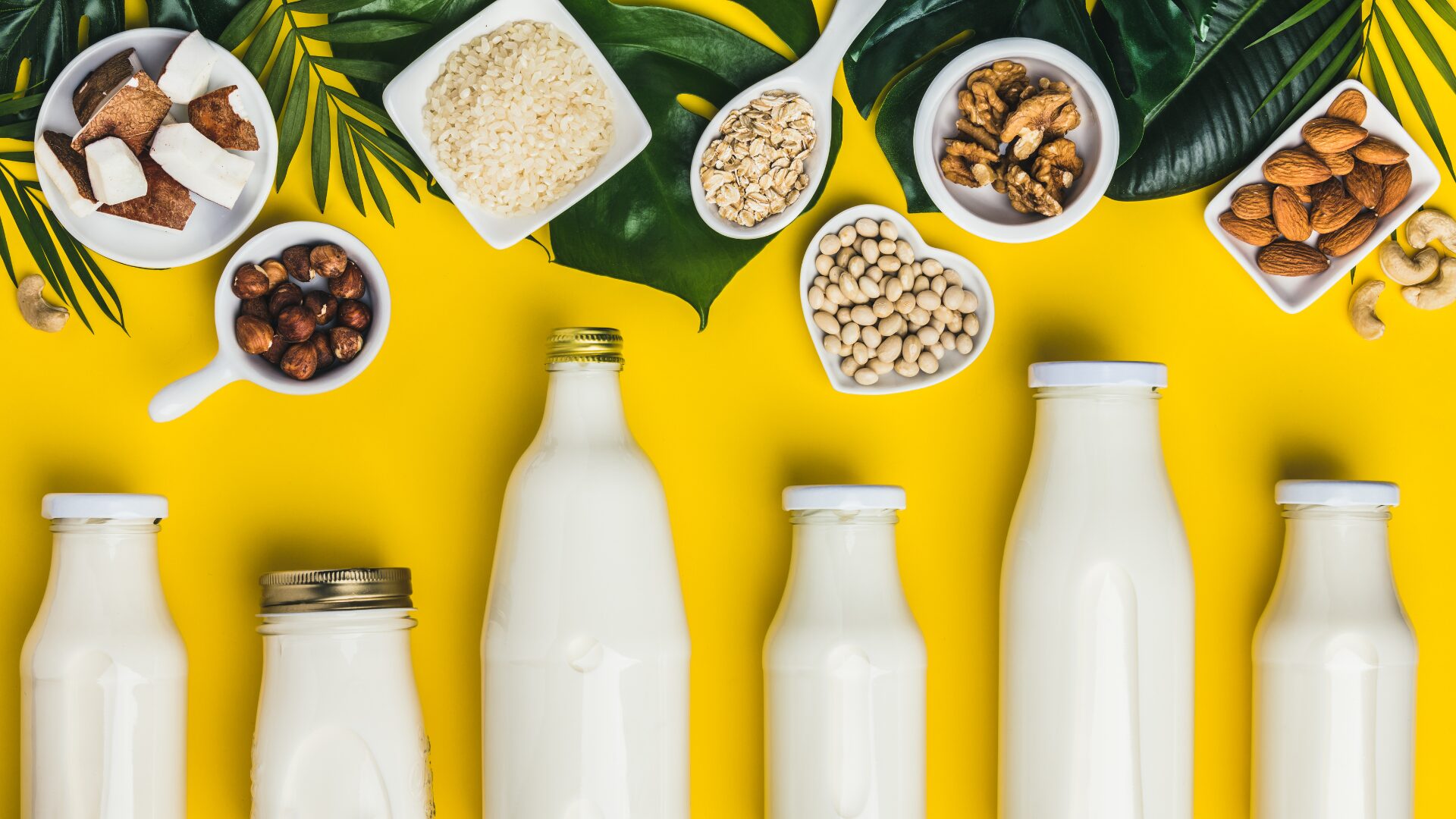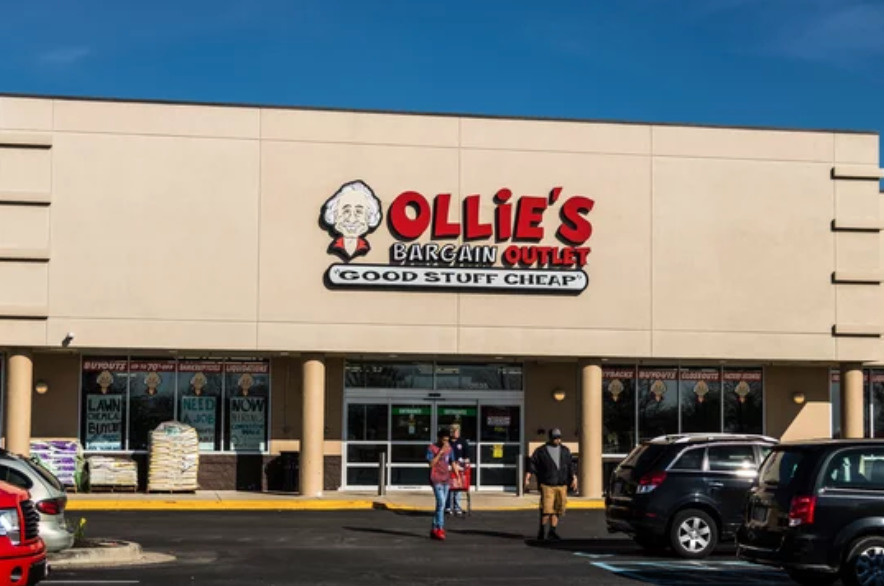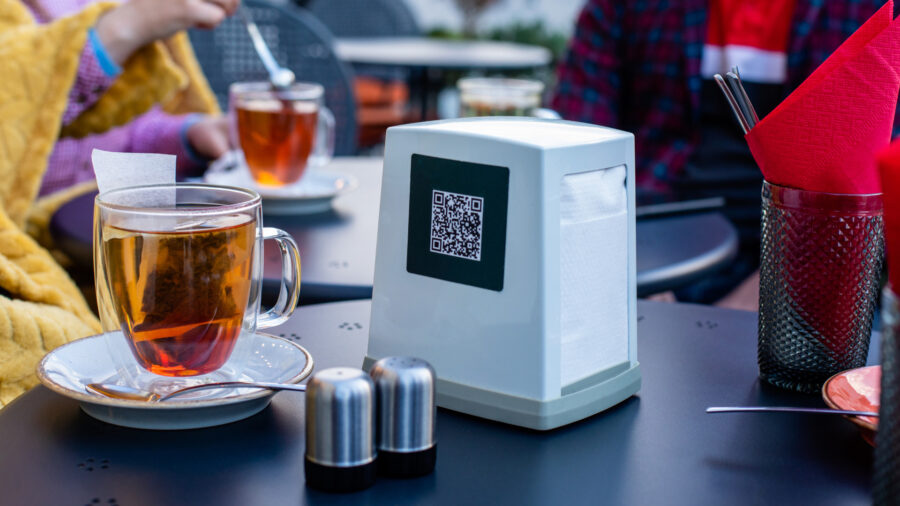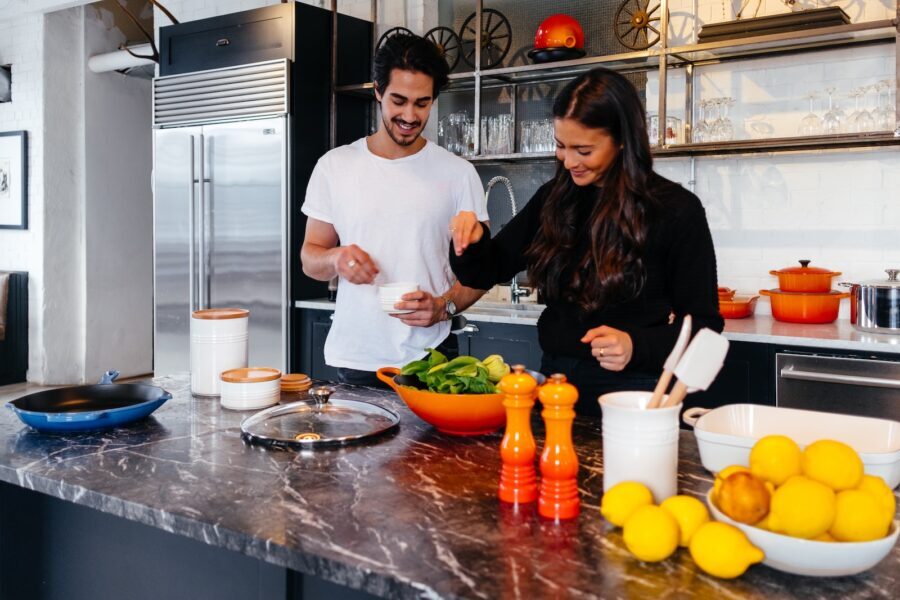A Japanese company named Denso Wave first unveiled QR codes in 1994. Finally, after nearly three decades, the technology appears to be fulfilling its promise.
In 2022, we now use QR (or “quick response”) codes for return labels, restaurant menus, and more. And the technology is popping up in other sectors, too. In the new year, some industry experts predict increased utilization of QR codes on consumer goods packaging.
“The QR code is a well-known technology, yet it is not often leveraged to its full potential,” Danone executive Sumathi Manjunath told The Food Institute. “It can bring transparency to consumers about where the product comes from.”
Shoppers can now walk into a retailer, pick out a product, and promptly learn about its origins along with details relating to its carbon footprint or sustainability, all from a simple QR code.
The technology “can be further developed to better control Tier 2 and Tier 3 suppliers, especially on ingredients, helping to secure deforestation- and conversion-free sourcing that complies with human rights,” said Manjunath, the VP of Design to Delivery Digital Transformation at Danone.
There are endless applications of QR codes in every sector and industry: for example, the Consumer Healthcare Products Association (CHPA) has partnered with Dollar General to pilot an interactive shelf tag which gives customers access to product information on the spot. The tags enable shoppers to scan a QR code and be directed to KnowYourOTCs.org to help them select the OTC pain reliever that’s right for them, reported Supermarket News.
Danone, meanwhile, introduced technology in 2020 that features laser-printed QR codes on baby formula products. Each such product has a unique, dual serialized QR code through which product authenticity and traceability can be verified. More recently, the company’s Provamel plant-based brand launched on-pack QR codes that communicate the origin of ingredients.
Manjunath feels such transparency is imperative in the modern world.
“Nowadays, consumers want to know what they are eating, where the ingredients came from and how the product reached the shelf,” the Danone executive said. The “QR code is a way for the food and drink industry to offer consumers a way to verify food authenticity and provide transparency about supply chains. It’s this approach which is driving much of the growth we’re seeing in the use of QR codes.”












